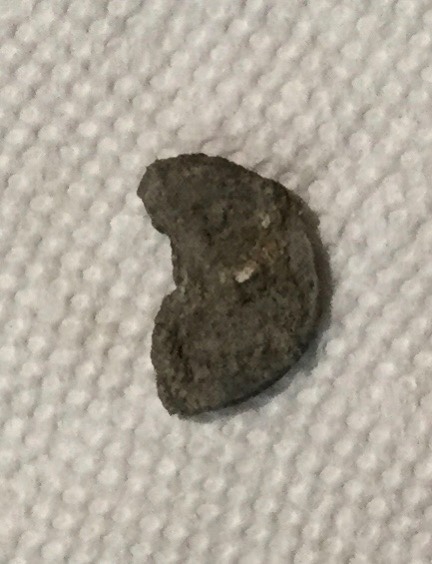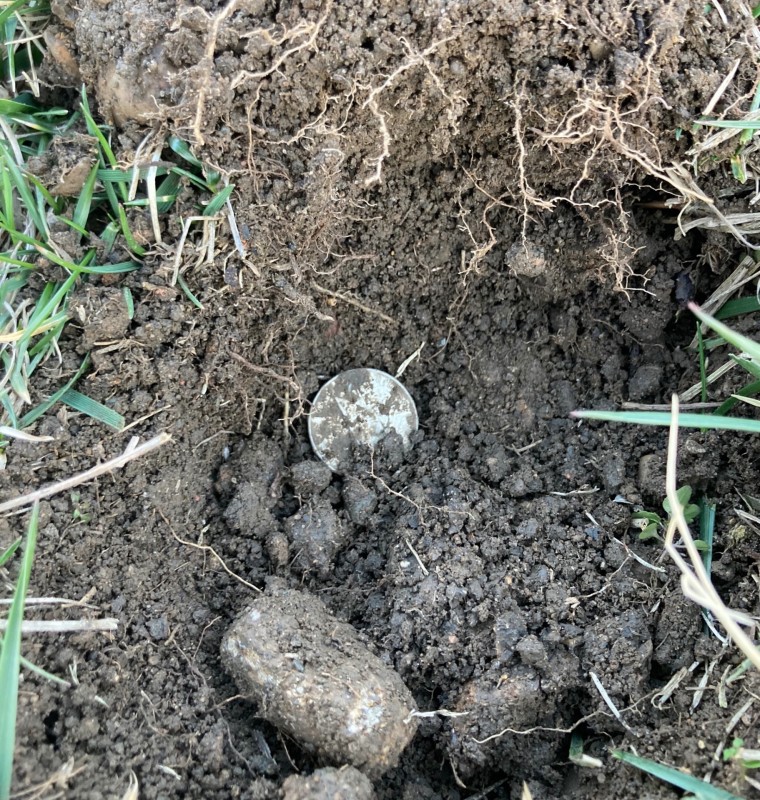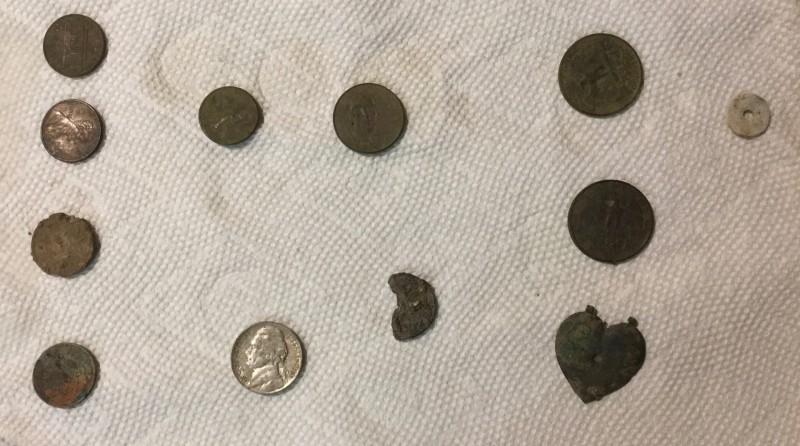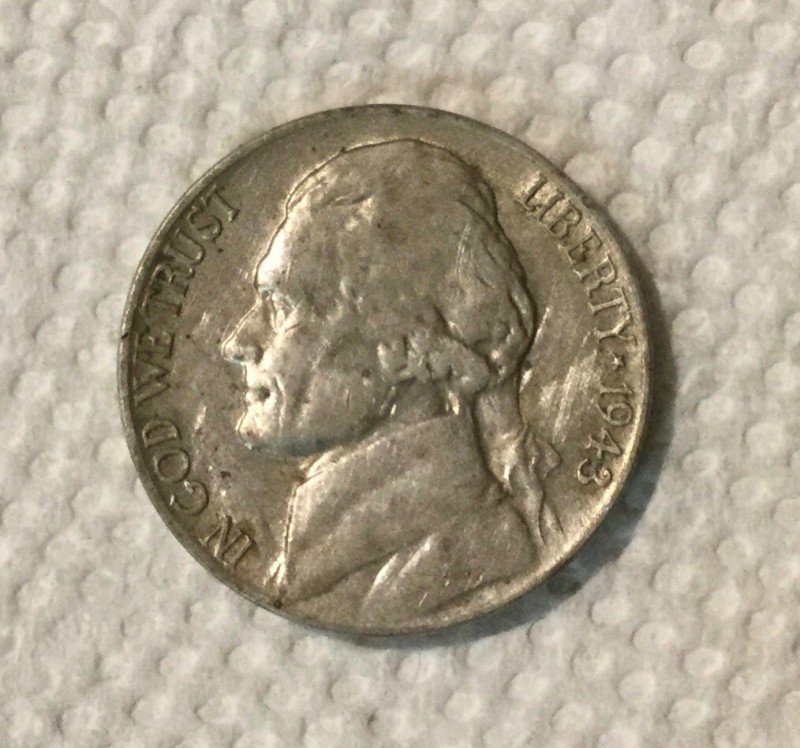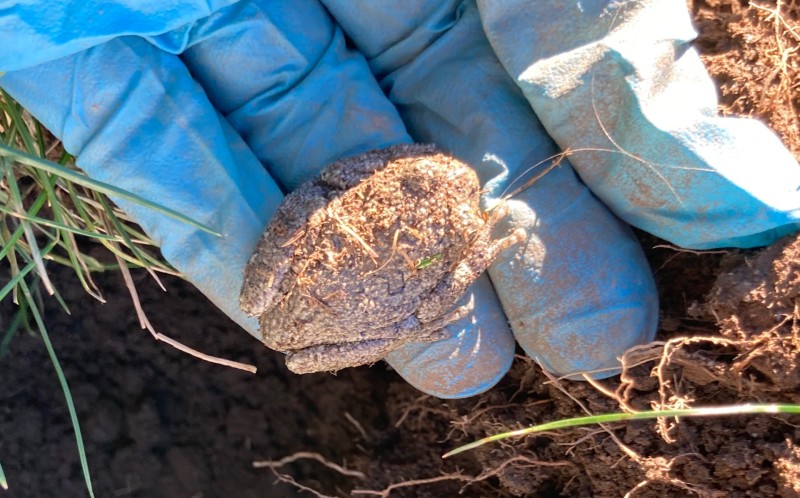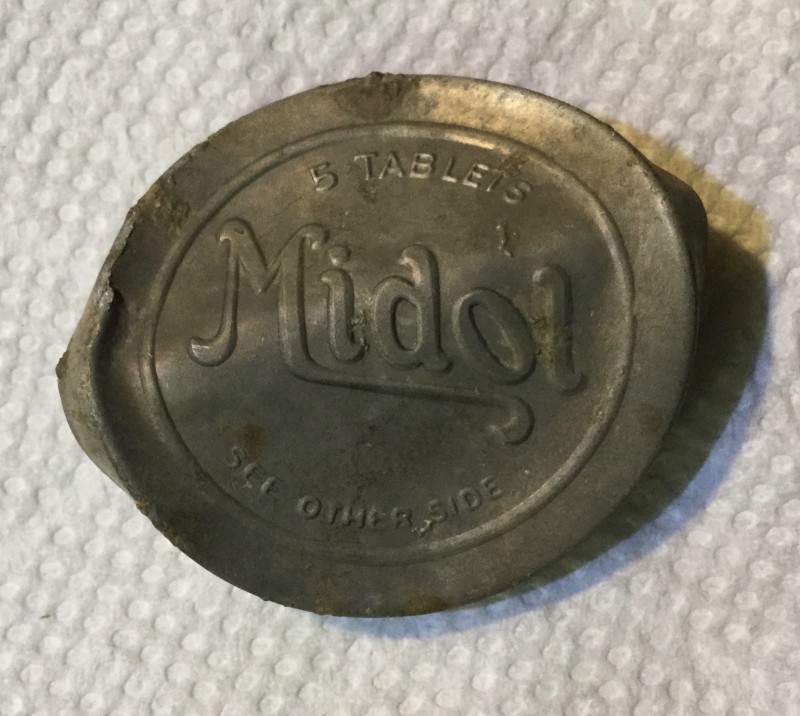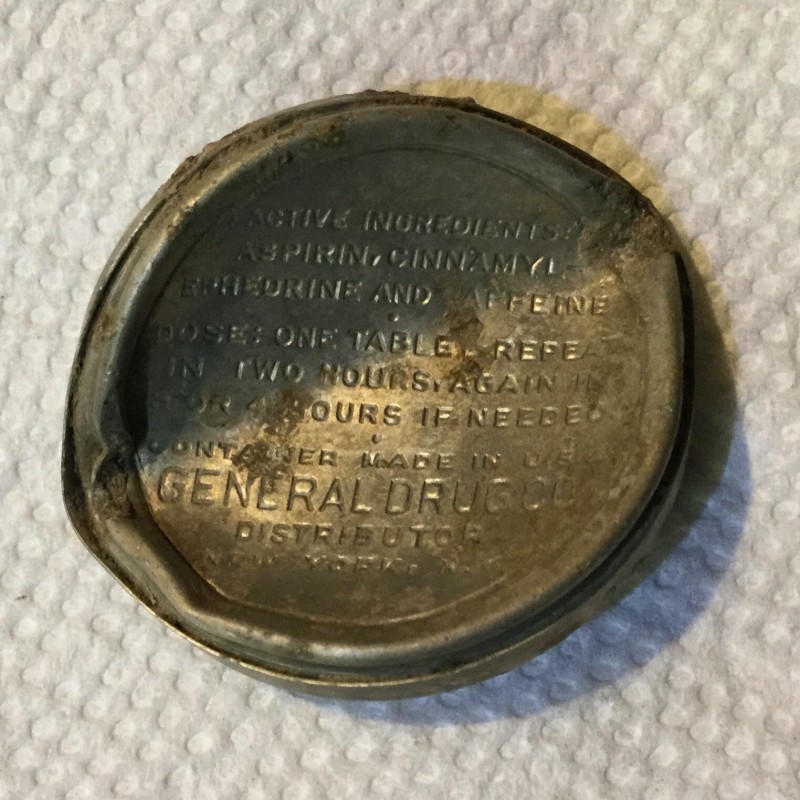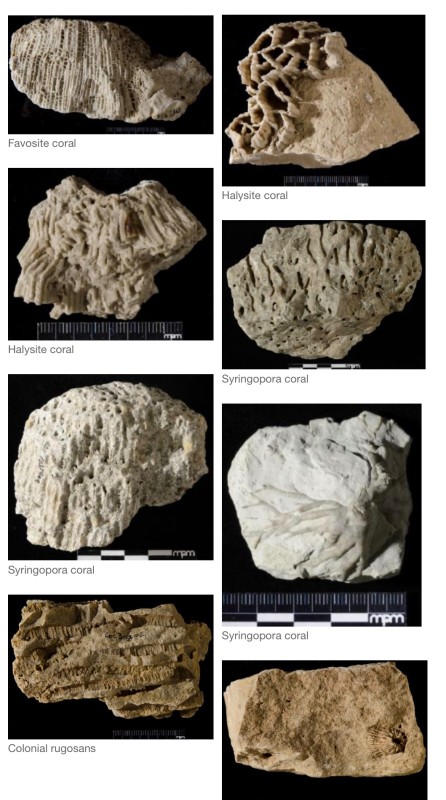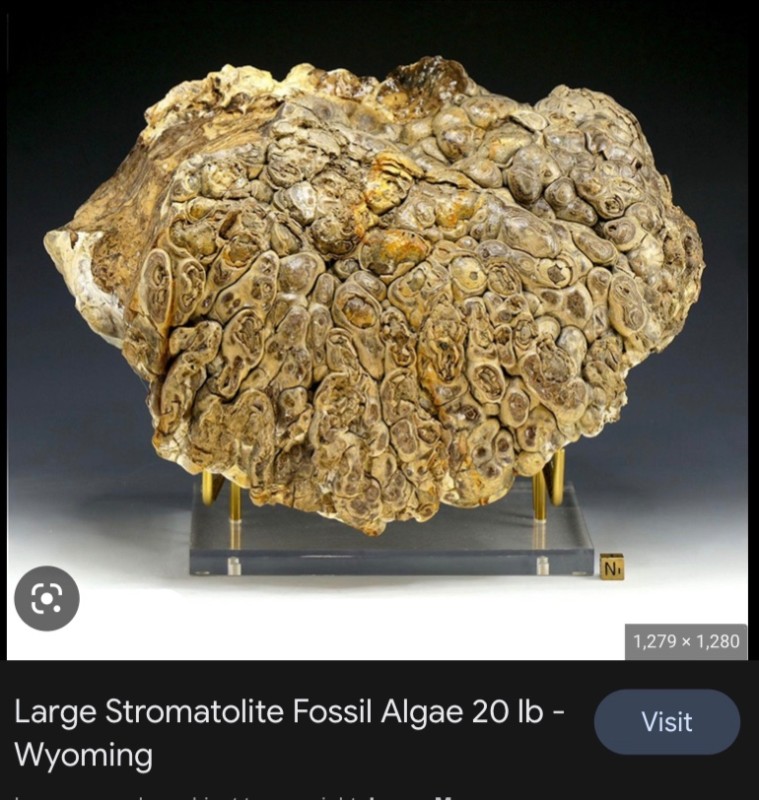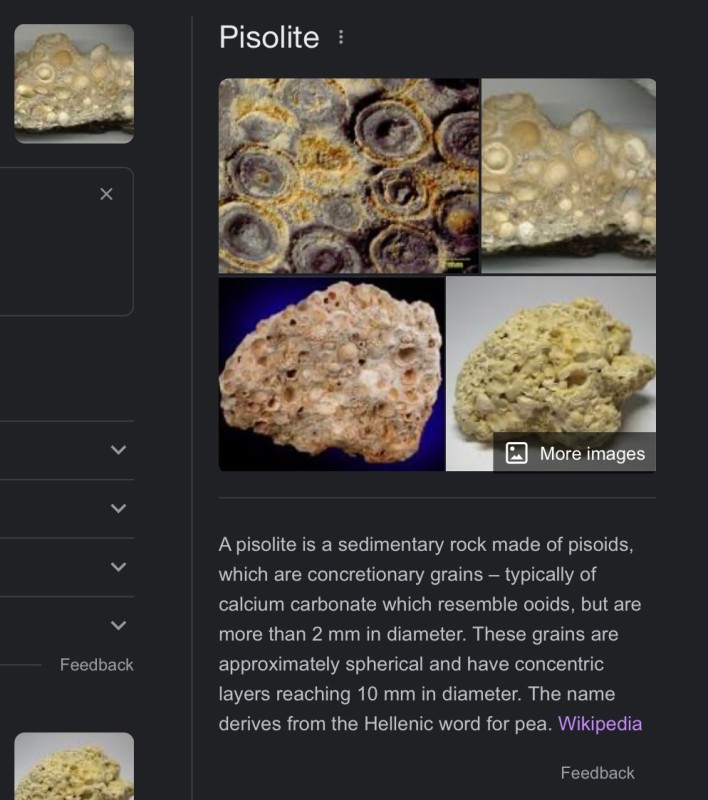-
Posts
331 -
Joined
-
Last visited
Content Type
Forums
Detector Prospector Home
Detector Database
Downloads
Everything posted by Geologyhound
-
My D2 should arrive this evening. I grabbed a copy of this spreadsheet too. Thanks!
-
Good to know! I was wondering about that. Do you find soil mineralization and or EMI ever interferes with that?
-
Yeah, I had not thought about a second shaft. But from what I have heard, I may need a non-XP shaft right off the bat...
-
I am perhaps not the best person to respond to this as I don’t have one yet. But I know the manual says there are three preset programs and one save slot for the MI6 (it also says the four programs on the remote are different from the four on the MI6). The manual does make it clear that you can adjust the tone of the MI6 to suit your hearing and you can pair it with the remote/headphones. However, the Pinpointer manual says there are seven programs with program number seven being the link to the D2. Not sure which is correct, but I figure I’ll find out in a few days.
-
This is another reason why I went with the Deus. I figure I can add another coil later and since I have the WS6, I could run the full version and one of my kids could run the master version for just the price of the extra coil.
-
I typically hunt old parks, picnic groves, historical schools, fairgrounds, residences, etc. But, I would love to use it around old Civil War camps or battle sites if I can get permission. I would really like to find a Civil War bullet. Not too many beaches around my neck of the woods in the Ohio-Kentucky-Indiana tri-state area. But, I have hunted some old swimming holes and beaches with my XLT in years past.
-
Thanks, and I may have to ask for some pointers!
-
Figuratively if not literally (wished they still had pinpointing triggers). Ordered a new Deus 2 full 9” with WSA2 XL and MI6 today. Should arrive by Friday!
-
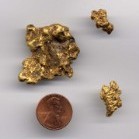
Large Carbonaceous Meteorite?
Geologyhound replied to obieblue's topic in Metal Detecting For Meteorites
How large is your specimen and in what sort of environment did you find it? Carbonaceous chondrites, while very common in the solar system, are very uncommon on earth. They tend to weather easily and are easily mistaken for earth rocks. Since you describe it as grainy like sand, I am thinking it may be a tafoni (honeycomb or Swiss cheese-like) weathering patten on a piece of sandstone. This kind of weathering is common in arid environments. But as a kid, I also found a lot of rocks like that along sections of the Pacific coast. Take a very close look at it with at least a 10 power hand lens. Are the individual grains spherical? Sandstone can have rounded, angular, or sub angular grains. But if your individual grains are not comprised of at least a significant portion of spherical grains, then I would say it is a terrestrial sandstone. Another thing to look for would be the composition of the grains. If your grains are composed of olivine (glassy green) and pyroxene, then the odds of it being a meteorite would be greatly increased. But, if you simply have quartz grains, then it is a sandstone. -

Plz Help Identify These Rocks
Geologyhound replied to paulmars's topic in Rocks, Minerals, Gems & Geology
The banded rocks are Thundereggs - the state rock of Oregon. I would hazard a guess those are from the “Red Bed” at Richardson’s Rock Ranch in Madras, Oregon. You can look up Richardson’s on the internet. It is a fee-dig location open to the public. I have a couple tubs of Red Bed eggs I have been cutting with my rock saws over the years. -

Metal Detecting Saves Valentines Day!
Geologyhound replied to CPT_GhostLight's topic in Metal Detecting For Jewelry
Found this at the USA Military Medals Armed Forces Super Store: https://www.usamm.com/products/army-achievement-medal -

Age Of Old Midol Tin?
Geologyhound replied to Geologyhound's topic in Metal Detecting For Coins & Relics
That gave my wife a good laugh! 🤣 -

Age Of Old Midol Tin?
Geologyhound replied to Geologyhound's topic in Metal Detecting For Coins & Relics
Thanks! That sounds like the same site I saw. I just didn’t want to mention it here... Odd that there does not seem to be any reference to round tins until the 1940’s, but they had a different logo style. -
Went hunting this afternoon at a recently demolished old house site and a 100 year old school. I about fell over backwards when part of the dirt started to hop away! Found a half cent, although perhaps not as that term is normally used... 😁 Found the usual trash (can slaw, wire bits, thicker aluminum and brass fragments, etc.) along with an assortment of modern coins, one toasted 1941 wheat, a small Midol tin, and a war nickel (my second). This one is a 1943 P. Always love to see that color fall out of the dirt! Happy hunting!
-
Found this while hunting a 100 year old school and an old torn down house lot. Anybody know the age? I have seen a couple online but nobody lists the date. The logo style appears to be similar to some of the rectangular tins from the 19 teens, but I can’t find anything definitive.
-
I am thinking some sort of coral. Do you happen to have any dilute hydrochloric acid (0.1M)? If you drip some on it and it fizzes, then it is a carbonate limestone. Vinegar is a much weaker acid but will form some bubbles over time on carbonate. See if any of the attached pictures look like it.
-

Help Me Identify This Strange Looking Rock
Geologyhound replied to casi's topic in Rocks, Minerals, Gems & Geology
Hmm, I posted another update to this earlier today, but it seems to have been lost. So, if that earlier post pops up then this is a duplicate. In that case, my apologies. Anyway, upon looking at the rock closer, it looks like the “grains” are not round. A better option may be a fossilized algal mat (stromatolite). Imagine a cut or broken section of the attached picture. Does that look about right? -

Help Me Identify This Strange Looking Rock
Geologyhound replied to casi's topic in Rocks, Minerals, Gems & Geology
Where did you find it? Also, is that texture throughout the whole rock or is it just a surface coat? One of the pictures makes it appear like it might just be an orange crust on the surface of the rock. If the surface texture is throughout the whole rock, then I would say it’s a pisolitic limestone (pictures attached). If it is just a surface crust, then it could be a dried out algal slime, or possibly (depending on where you found it), a caliche crust. -

Need Help With My Whites Eagle Spectrum
Geologyhound replied to Josh's topic in White's Metal Detectors
My primary detector has been a White’s Spectrum XLT for over 20 years. Looking to upgrade but haven’t done so yet. Not sure how closely the display correlates to the Eagle Spectrum. I once hunted a site which had been an old store. The floor had been wood slabs with rope to seal the joints. The rope was missing in many spots before they tore the store down. They dumped the trash through a trap door in the floor and let the tide wash it out. This was nothing but solid nails and junk along with a lot of old bleach bottles and an occasional medicine bottle. I had to jack my recovery speed up and do short quick sweeps. It was a terrible racket, but whenever I would go over a coin, I would get a high spike on the good side of the screen (along with all the trash smear lines). I would pinpoint as best as possible by even shorter sweeps, then just start digging until I would get a good signal in my cup (and a pile of nails on the side). Came up with some old silvers, nickels and pennies that day and learned a lesson about recovery speed. Wouldn’t want to try that in non-trashy environments however, as I would lose depth. -
Scrape some of the black flow looking stuff on some unglazed porcelain. If it leaves a bright red to dark red streak, it is boytryoidal hematite. If the streak is brownish black, then it could be psilomelane.
-
The textured surface makes me think bone fragment. Once fossilized, fossils (like any rock) can be fractured and the fracture can then be filled and “healed” over time. I am guessing the dark shiny surface is either a coat of desert varnish, or wind/sand polish. I have found fossil vertebrae with similar black, shiny surfacing along the Oregon coast.
-
Definitely have some common crinoid columnals in the white limestone. They typically look like a fossilized stack of small poker chips. 😄 This type of crinoid was a filter feeder and was anchored to the sea bottom by the column “spine”. I concur the yellowish one looks like quartzite.
-
Some of it looks like furnace slag or glass foundry slag. The black crystal could be smoky quartz. Is it six sided? If so, does it have striations (multiple parallel lines) on the prism (side) faces? If so, are the striations parallel to the long axis, or perpendicular to the long axis? If the striations are perpendicular to the long axis then it is smoky quartz. Oddly enough, quartz crystals sometimes display rare crystal faces where the corner of the prism faces meet the termination faces. If present, these rare faces can increase the value of a crystal to collectors.
-
Is the rock calcareous? If you put dilute hydrochloric acid (0.1 molar) on it would it fizz? If so it would be a limestone with shells or at least shell replacements (shells dissolved away and the void space was then filled later). If it is not calcareous, then it is more likely a volcanic tuff or possibly a debris flow deposit. It looks like there are a lot of vesicles (air pockets in a volcanic rock), so I am leaning towards a tuff. In this case the lighter colored material would be whatever surrounded the volcanic vent and got ripped up in fragments during an eruption. The heat and force of the eruption could deform the included clasts. If the rock is from a debris flow, then the lighter colored inclusions could literally be chunks of mud that were eroded during the flow.
-

Need Help Identifying Rock
Geologyhound replied to mlkgeo's topic in Rocks, Minerals, Gems & Geology
My first inclination is that the softer and lighter colored parent rock was fractured and the fracture was filled with the darker and harder material before this rock was separated from the original outcrop. This can happen with sedimentary and igneous rocks by different methods. As jasong mentioned, the rounding of the parent rock likely occurred by tumbling in a river or stream. I’ve also seen this kind of shape when an asphaltic layer with some included iron fragments picks up mud and rusts it all together into an iron concretion. But based on the picture, I think your rock is a weathered chunk of a filled fracture.



